This was the outcry in 1961 when the City of Norwalk, Connecticut, threatened to raze Lockwood-Mathews Mansion, one of the first mansions to be built in the U.S. and, at 44,000 square feet, was only slightly smaller than the White House. The combined efforts of the Junior League of Stamford-Norwalk, the U.S. Department of Housing and Urban Development (HUD) and a well-organized citizen group turned out to be just the solution to save Lockwood-Mathews Mansion from the bulldozer. It’s a good thing too as this mansion is now a cultural icon and community magnet.
In 1966, the Lockwood-Mathews Mansion Museum of Norwalk, Inc. was born. And, in 1971, the mansion earned its place as a National Historic Landmark as it is regarded as one of the earliest and most significant Second Empire Style country houses in the U.S. The mansion’s website states: A city without a sense of its past can have little hope of planning its future. For cities, like people, the heritage of the past can provide the identity and the place around which new commitments are made. This quote came from George Romney, Secretary of HUD in 1970, referring to the saving of Lockwood-Mathews Mansion in Norwalk, Connecticut.
Today the mansion is sandwiched between I-95 and Route 7. Although its original 33 acre park no longer stretches to the Norwalk River, you can still see the water in the distance. The museum engages the community with programming ranging from writing competitions for children, art and science exhibitions, lectures, Victorian teas for children and adults as well as exciting Halloween and Christmas extravaganzas (a different Christmas tree in each room) open to all. Once an anomaly in the context of Norwalk’s industrial landscape, the mansion now is a beacon of cultural amidst the exciting renewal that is taking place in Norwalk.
The original owner and builder of the house was a Norwalk native, LeGrand Mathews, who as a boy, moved to New York City with his family around 1830. Starting at the bottom, he climbed the corporate ladder and became a skilled and wealthy stockbroker investing in railroads and steamships. He was also recognized for organizing and outfitting two regiments for the Civil War and for successfully raising money for the war effort by selling war bonds in Europe. On a recent tour of the mantion, one of the guides said that LeGrand Mathews was the “Bill Gates of his day” and this does not seem to be an exaggeration as he was an early investor in and adopter of new technology, and one of a select number of millionaires in the U.S. before the Civil War.
LeGrand and his wife, Ana Louisa, hired architect Detlef Lienau to design the mansion intending it to be a summer house and an escape from the New York City summers. After the designs were complete, the house was built between 1864 and 1868 and no expense was spared in this sumptuous 62 room mansion. At almost $2 million, it was the most expensive house of its kind at that time. Even the living quarters for the staff were of a very high quality. There was high tech gas lighting, central heating, hot and cold running water, indoor and outdoor laundry as well as piping and vents for fresh air circulation. Old world craftsmanship and leading-edge technology were the guiding themes for this exciting Gilded Age businessman.
A tour of the mansion with the well-informed tour guides is well worth your time. Visitors arrive through the double Black Walnut front doors opening from the porte-cochere and enter the vestibule. The tour takes you through the beautifully restored library, conservatory and music rooms, the dining room, rotunda, grand staircase, drawing and card rooms. Upstairs the rooms are not yet restored but are completely furnished with the original furniture from the Lockwood and Matthews families.
One of the most extraordinary aspects of the house is the collection of furniture by the Herter Brothers, who would become the leading interior designers of the day and famous for their carved furniture. From couches and chairs to settees, the pieces are eye-catching for their detailed carving and use of boxwood, ebony and cedar of Lebanon. Originally from Stuttgart, Germany, the Herter Brothers were in high demand, designing complete millwork, moldings, ceilings, floors and furniture. Their clients included J. Pierpont Morgan, Jay Gould, Ulysses S. Grant and Theodore Roosevelt. Several pieces of their furniture and their interior carvings and ceilings are still in the White House today. There are however few examples of the Herter Brothers’ works in the U.S. and Lockwood-Mathews Mansion is one of the finest examples of their interiors and furniture.
Throughout its history, the mansion has had several brushes with Hollywood and celebrities. Most recently, it was featured in A&E’s America’s Castles and Hollywood’s Dark Shadows and a re-boot of The Stepford Wives. If you remember the movie, The Titanic, Helen Churchill Candee was one of the survivors in lifeboat number 6. She originally came from Norwalk and returned there after the sinking to recuperate as her daughter was married to one of Charles Mathews’s sons. She was famous in her own right for having decorated the Red Room in the White House as well as being a sought -after interior designer and prolific author.
Executive Director Susan Gilgore said, “the Lockwood-Mathews Mansion Museum is an extraordinary and incomparable treasury of art, architecture, history and technology that engages visitors in exploring America’s past, while helping communities better understand the challenges, issues, and culture of the present.”
Also, an active and engaged board of directors, staff, leadership, generous donors, patrons, sponsors, volunteers and the City of Norwalk have given of their time, energy and resources to restore Lockwood-Mathews Mansion and are a testament to the power of community engagement.
This commitment to educating, informing and being part of the Norwalk community is real and significant. The museum offers in-person school tours and substantial internship programs and aims to reach out to the Norwalk public schools and communities throughout Connecticut, Westchester, and the NYC Metro area with their programming. Even during the pandemic, the mansion was able to present programming. A narrated video on the history of the Mansion, its owners, and the city of Norwalk details what life was like in the United States and the city of Norwalk in the mid-to-late 19th century.
The exhibitions, lectures and events are planned based on themes that correspond to the mansion’s history and the interests and activities of the Lockwood and Mathews families. The current exhibition on health and healing during the Civil War was a topic of particular interest to LeGrand Lockwood as he was involved and fiscally supported efforts to establish the Department of Sanitation in New York City. The eldest son of Charles Drelincourt Mathews, Charles T. Mathews, designed the Lady Chapel in St Patrick’s Cathedral on Fifth Avenue in New York City. “Envisioning Space: Architecture Through the Ages” is up through January 2, 2022.
Next door to the mansion is the newly opened, the Norwalk Art Space, that will be the feature of another article from Norwalk. It is only steps from the Mansion and is home to the Art Space Café that serves delicious sandwiches and natural foods and drink. A “PLT,” or Parmeson, Lettuce and Tomato sandwich on blossom bread is recommendable and the portions are a good size. The Norwalk Art Space is a new (open to all and free) museum and hub for the arts, promoting local artists and offering free art classes to high school students. The Maritime Aquarium is also steps from Lockwood-Mathews Mansion and is a well-regarded science and maritime museum appropriate for all ages. Also very close is the Stepping Stones Museum for Children “where play for children 10 and under is their business” so if you have the time, Norwalk can easily take up your entire day. Norwalk is a city in touch with its history, while busy charting a course for its future.
By Victoria Larson, Norwalk native and Editor, Side of Culture
VK Larson Communications
(The lead photo at the top is by David Scott Parker. )

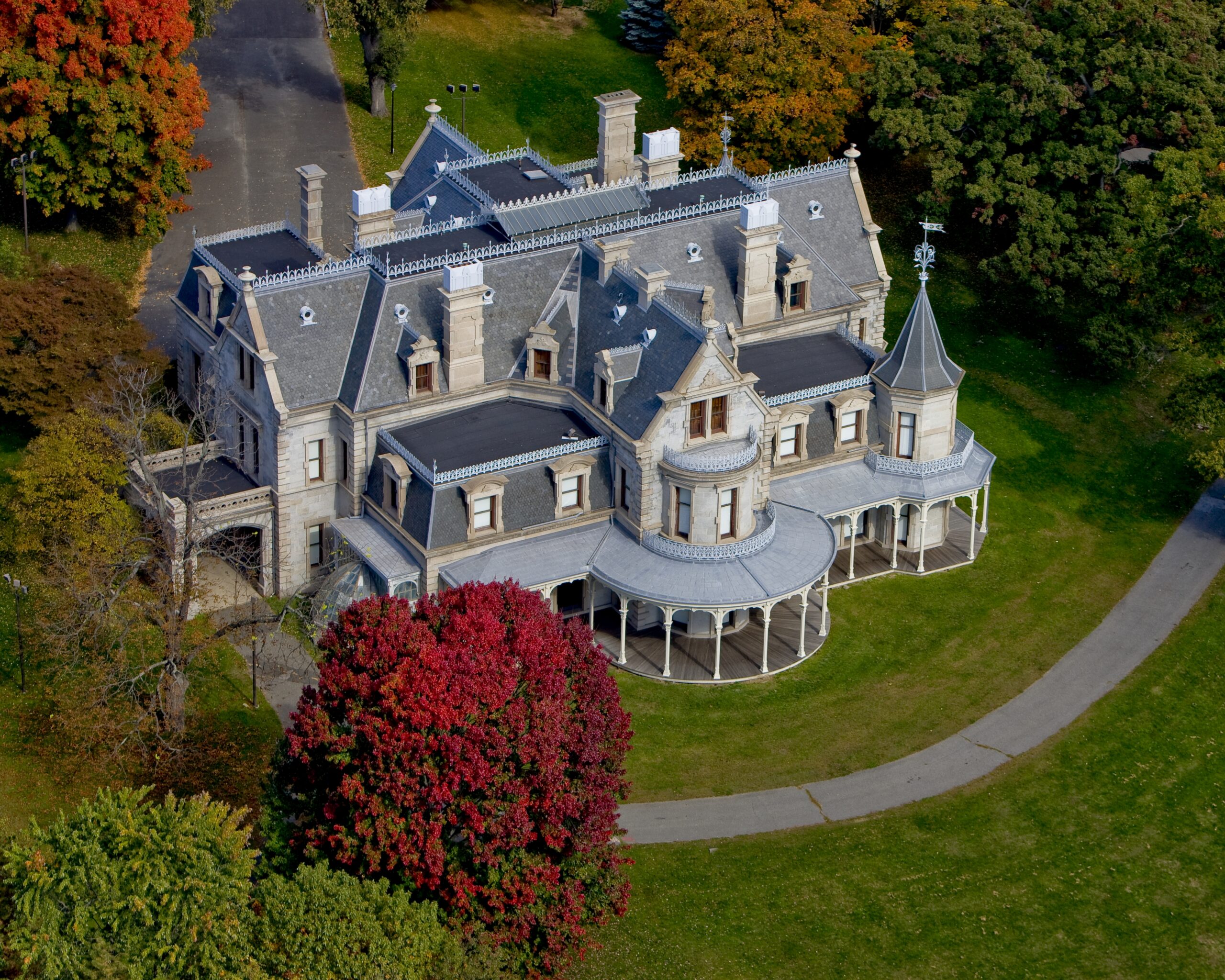
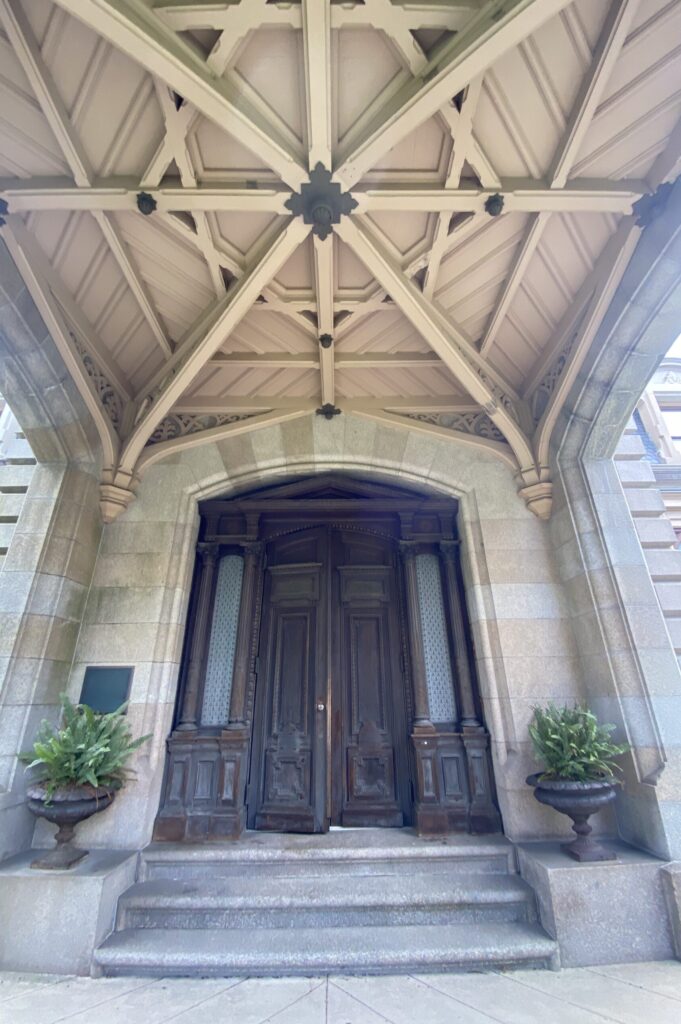
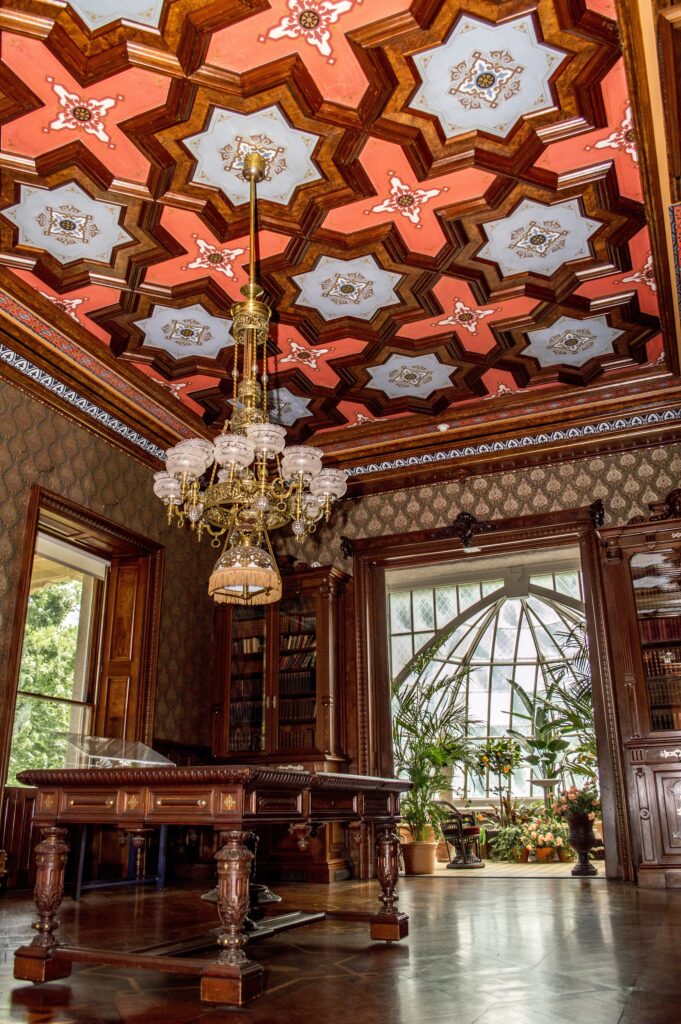
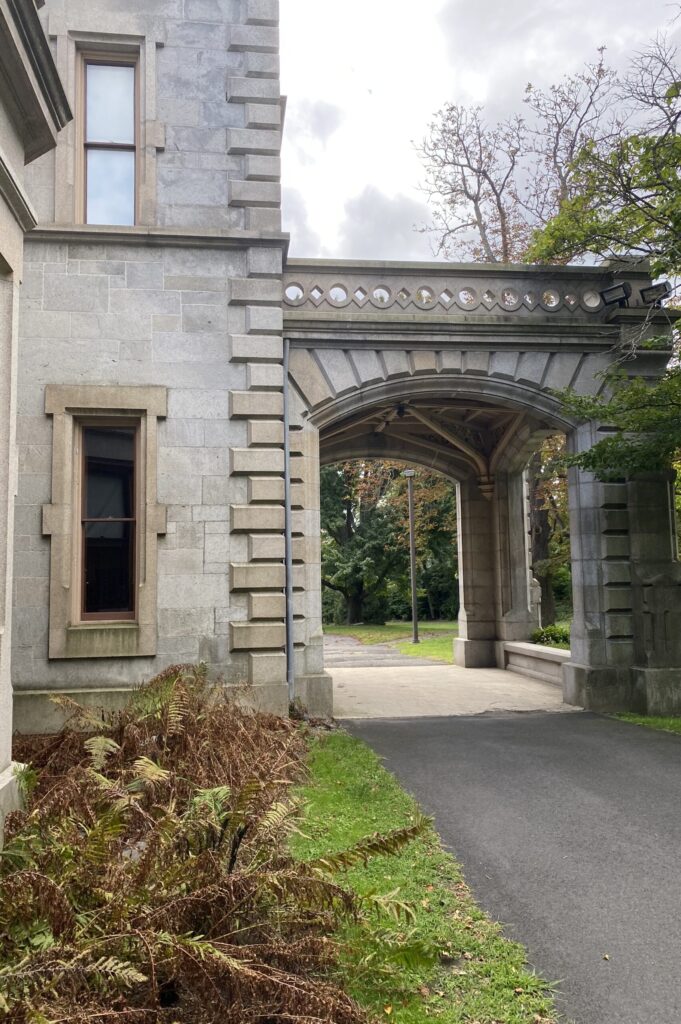
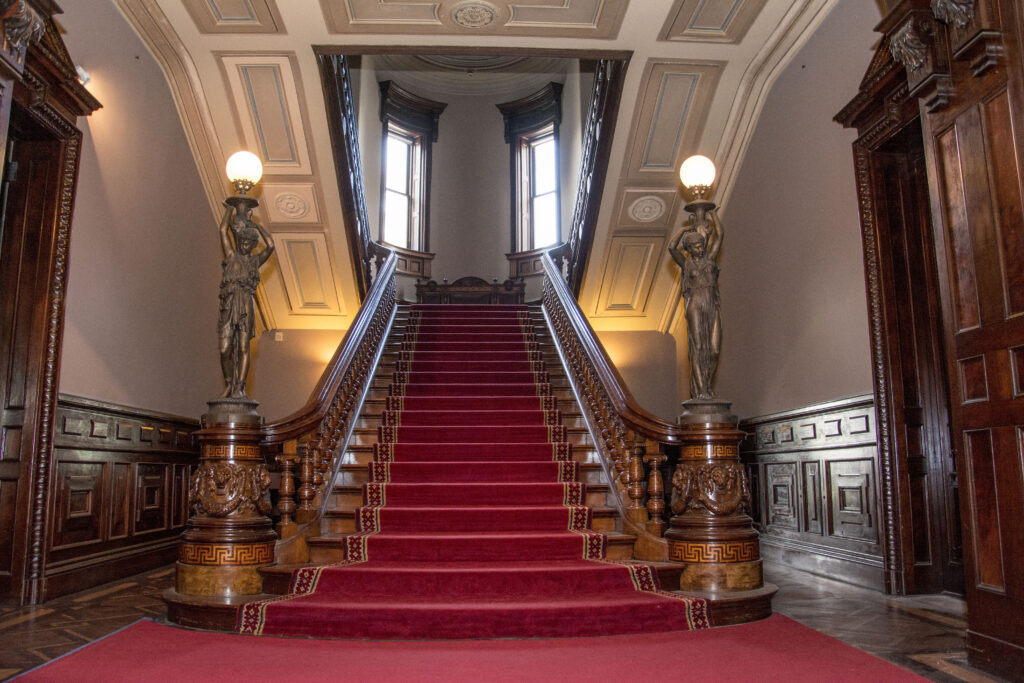
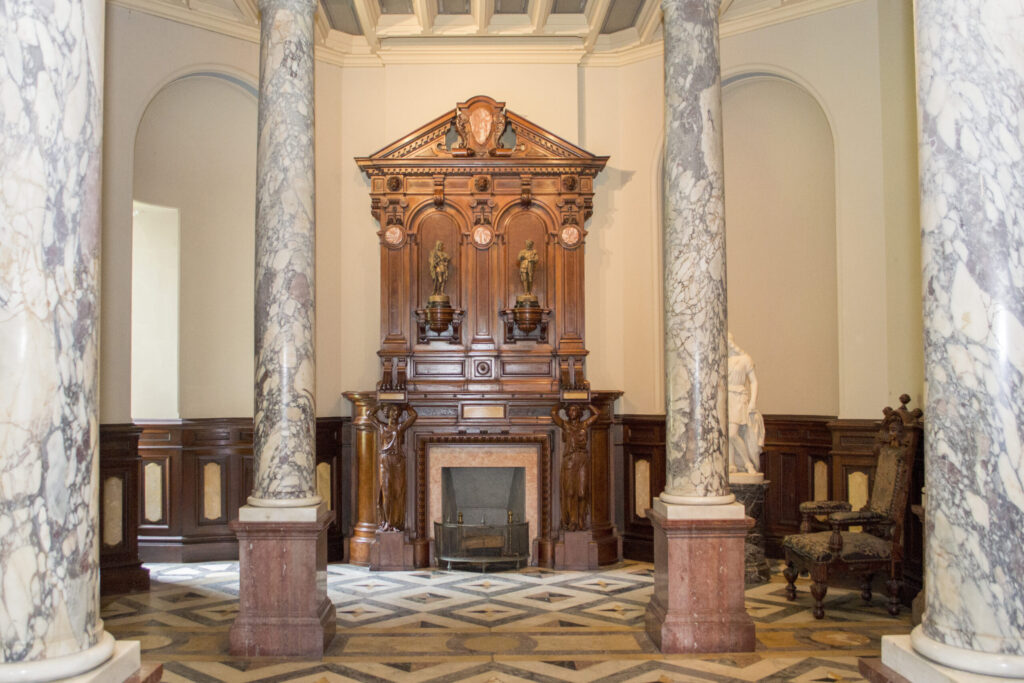
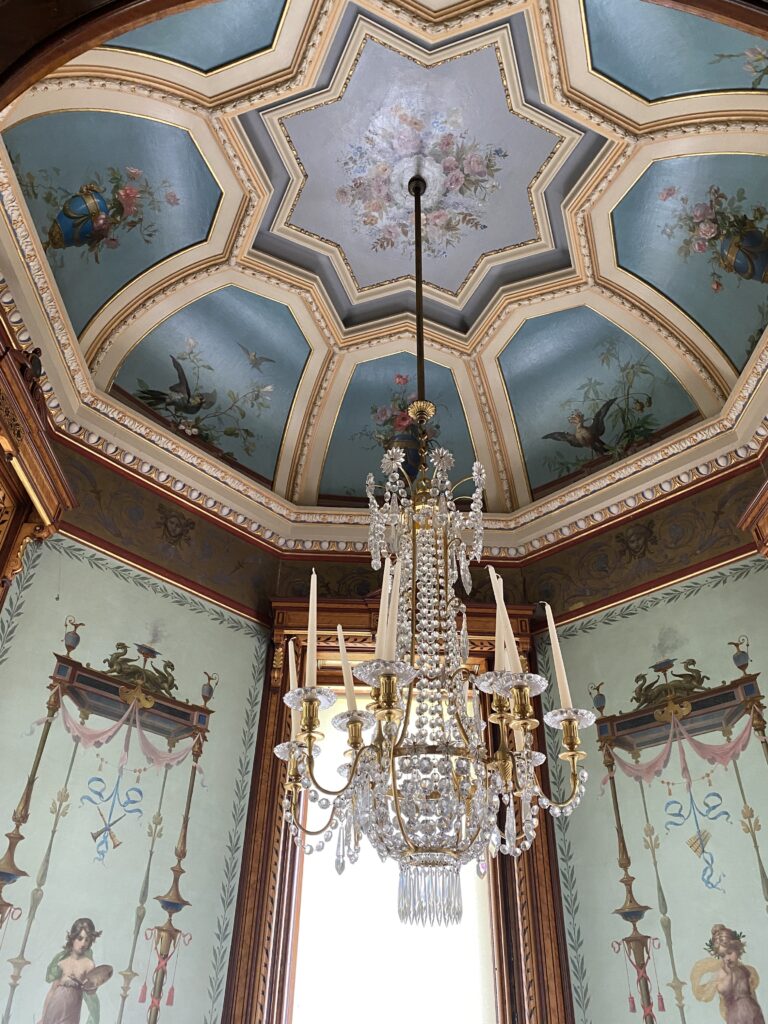
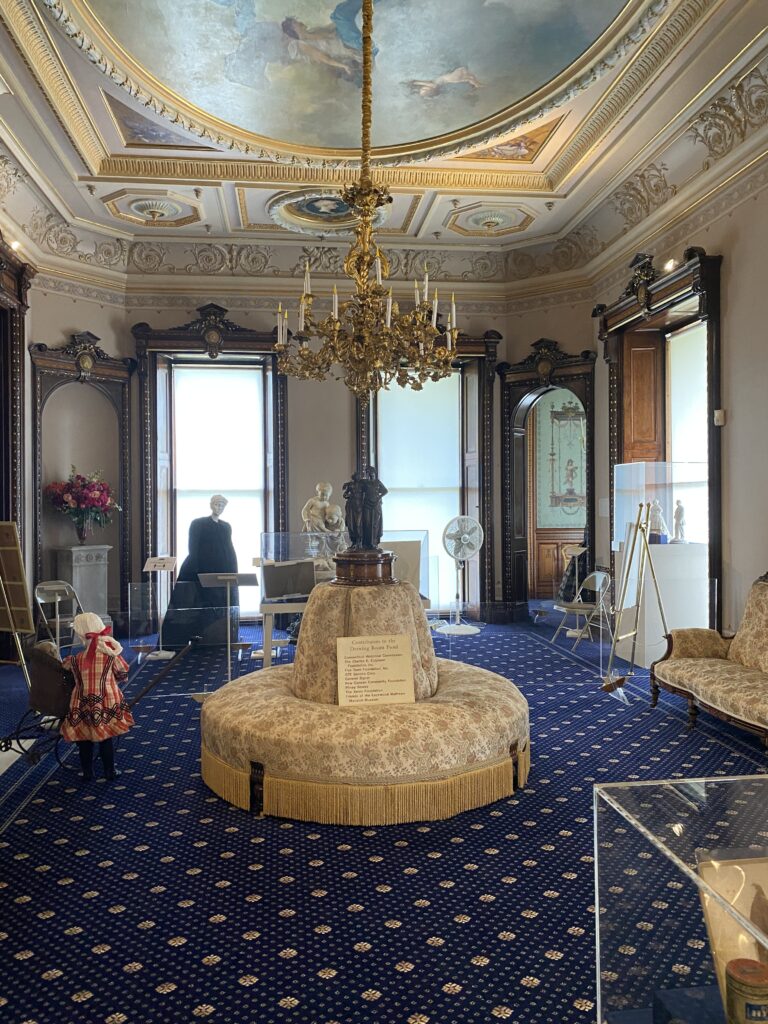
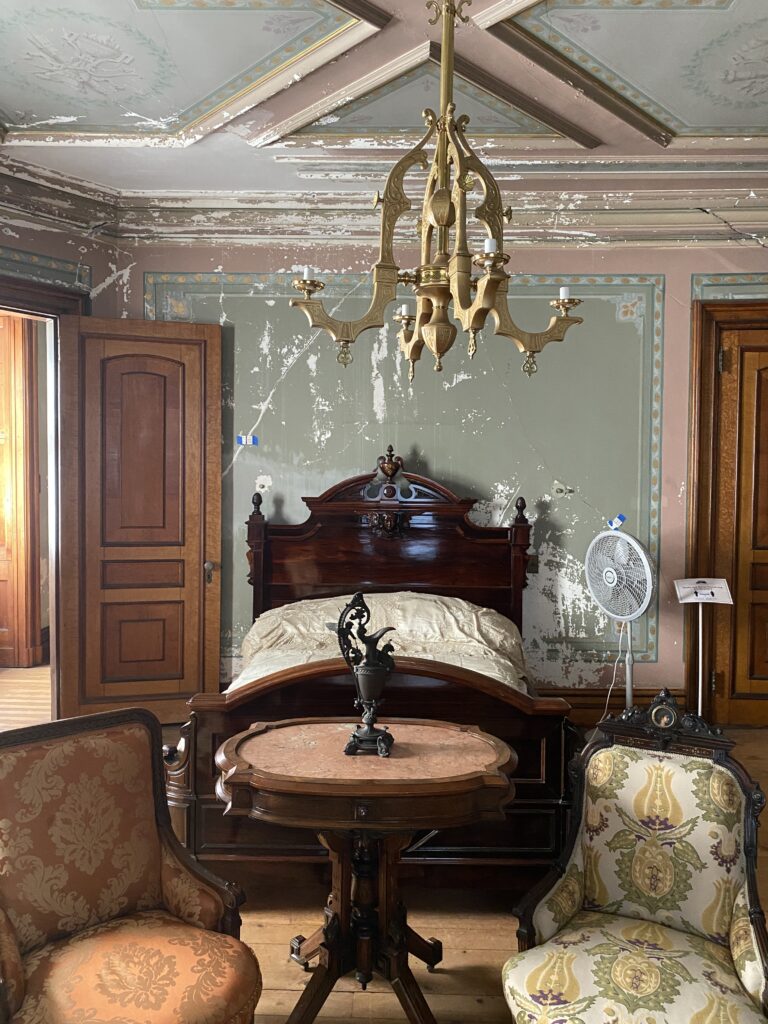
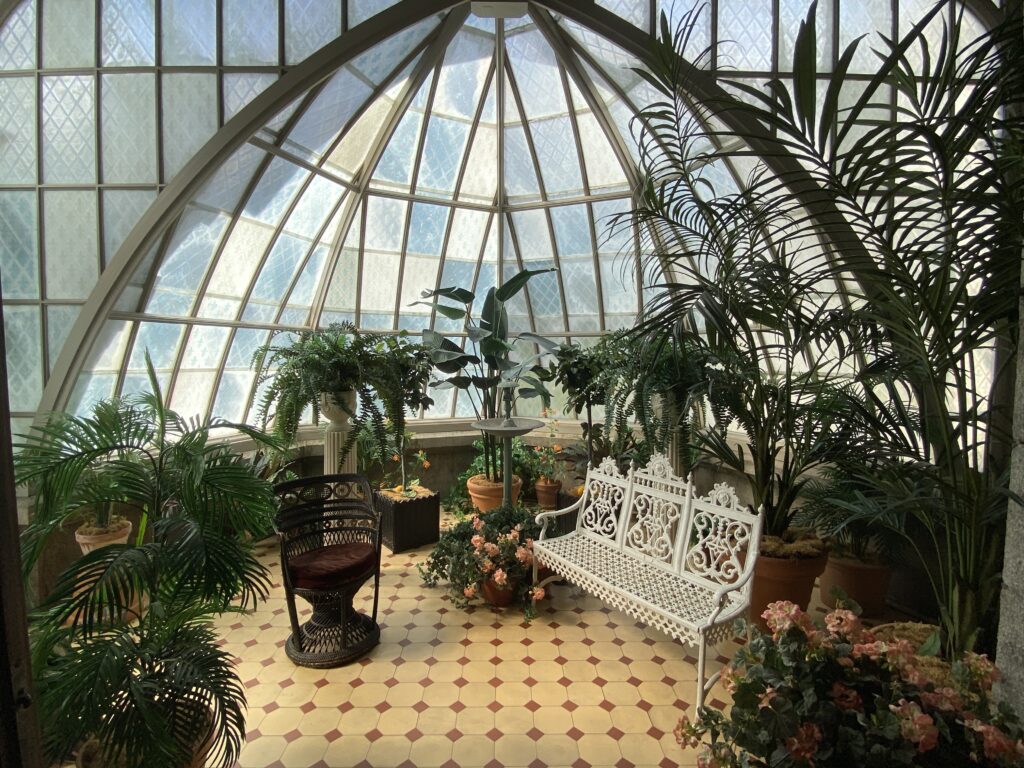
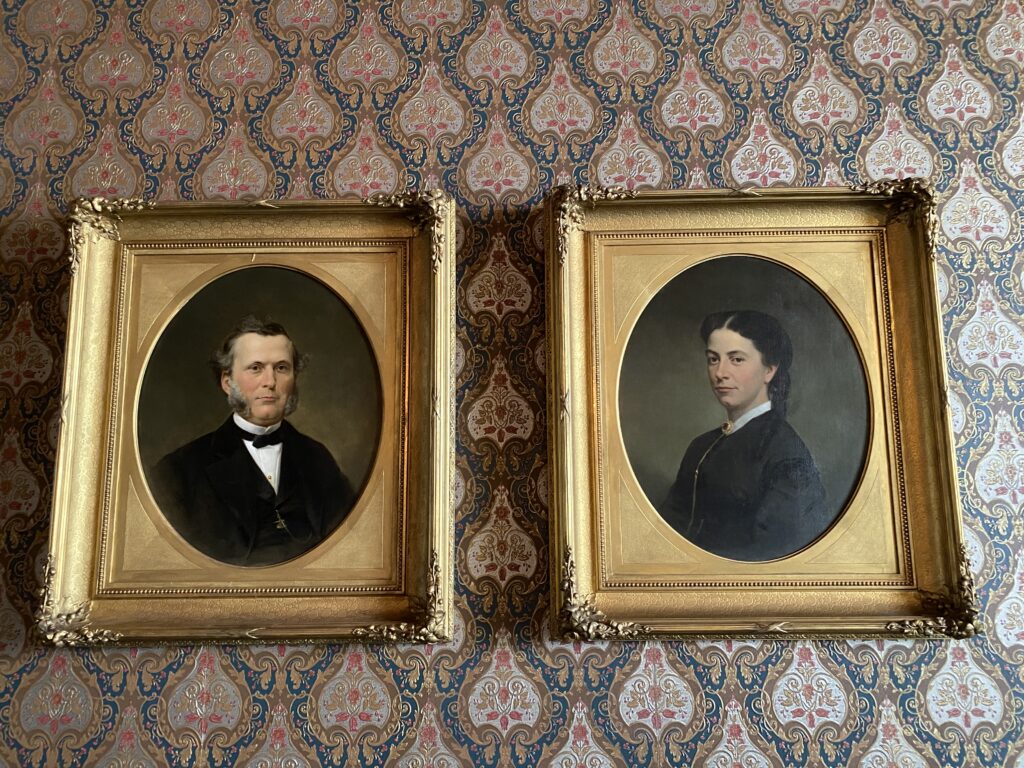
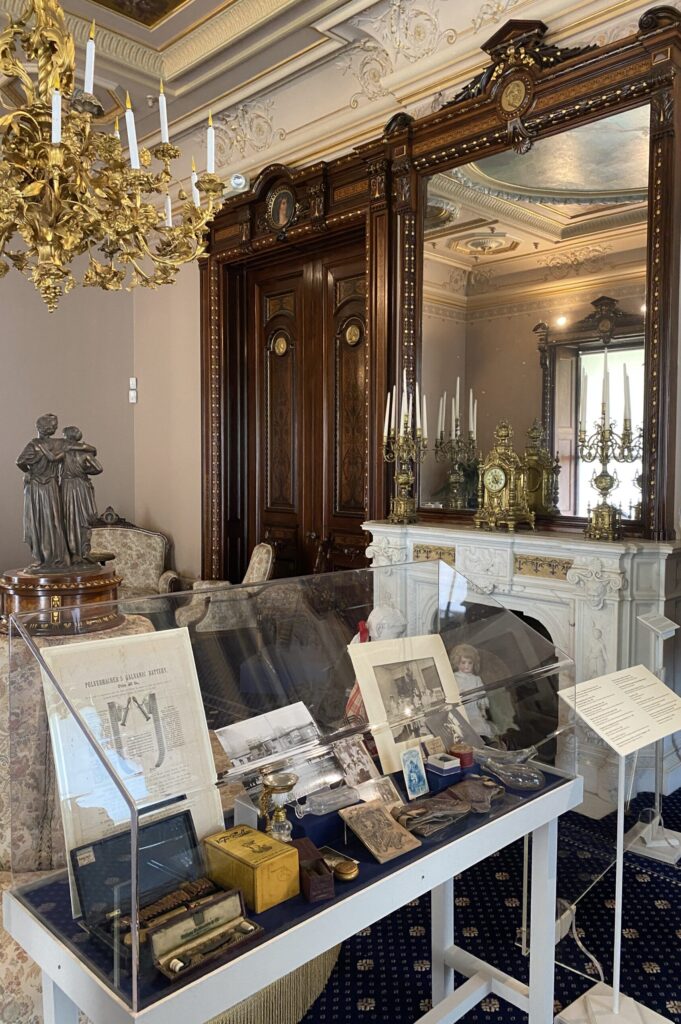
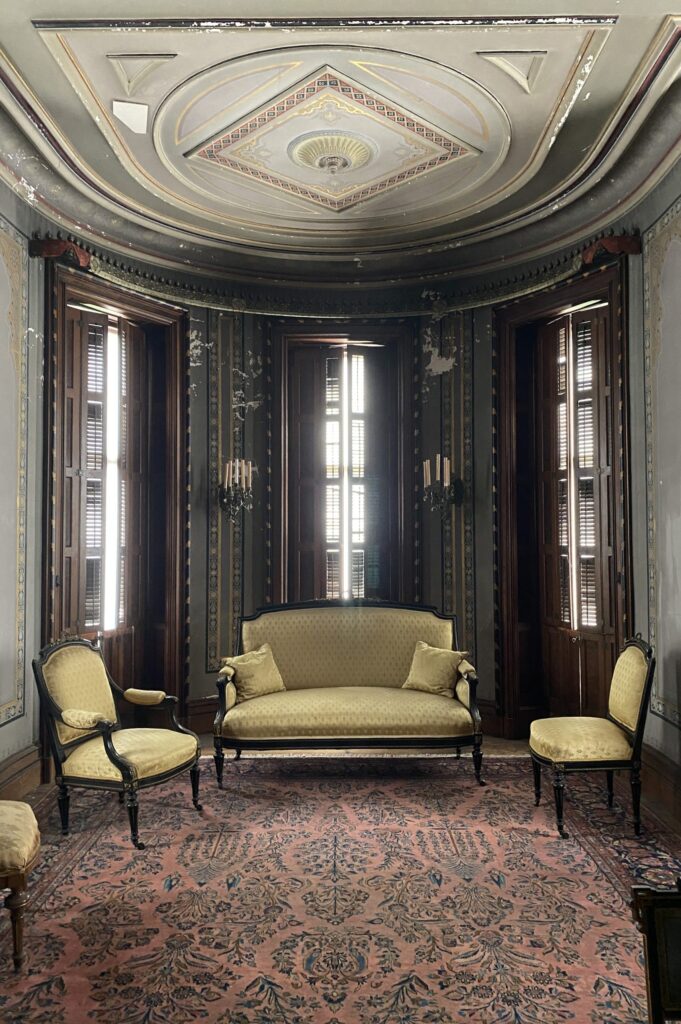
If you haven’t done it, it’s definitely worth a tour!
You will not be sorry
Chuck
Agreed!
Wow. I love reading about old, large houses and this one is more than interesting. I would be honored to take a tour of the mansion and visit Norwalk. It’s not likely I will, however, as I live in Colorado below the poverty level. I’m lucky and grateful that I have wi-fi in my home, and a device to take advantage of the positive faucets of the internet. Thank you for this intriguing and entertaining article.